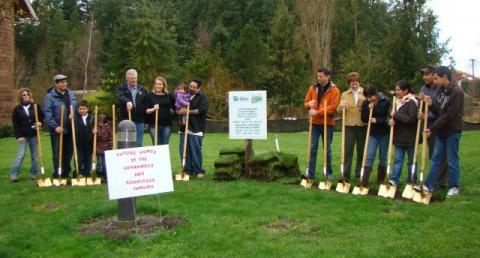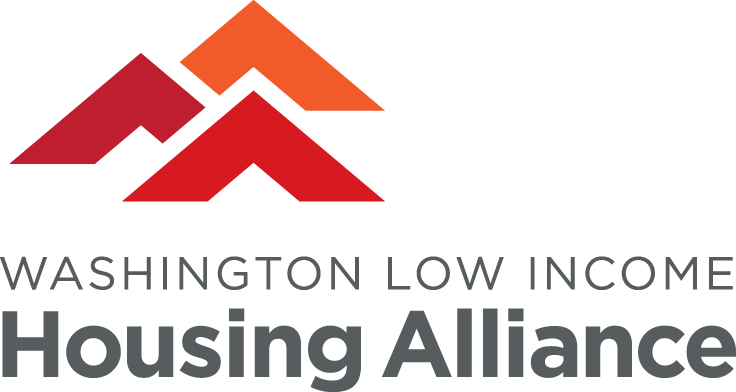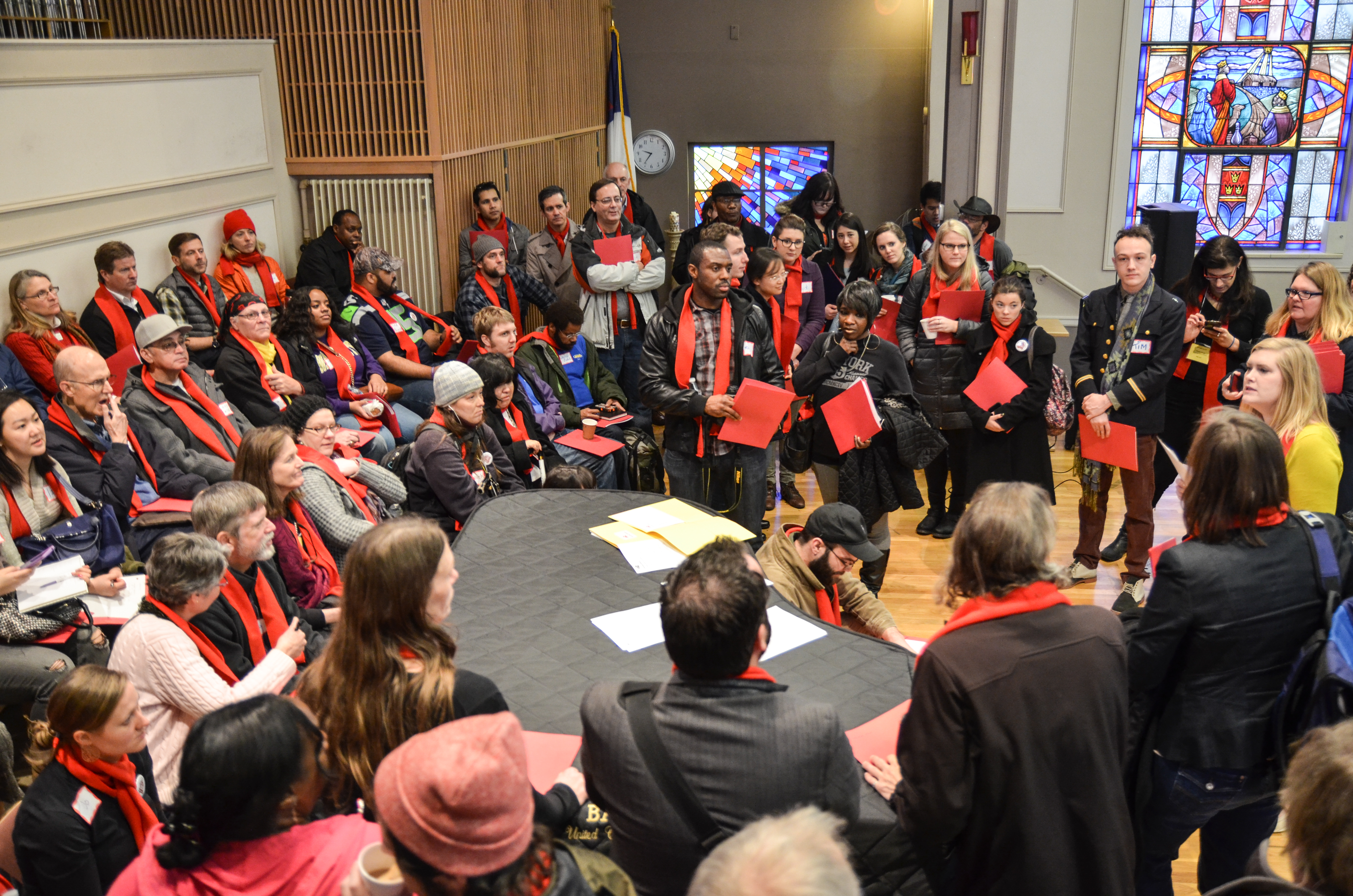Recent Blog Posts
Guest Blogger: Melora Hiller, Executive Director of the National Community Land Trust Network
I gave up a satisfying consulting business last year to become the executive director of the National Community Land Trust Network. It wasn’t an easy decision. But I couldn’t pass up the opportunity to support the work of community land trusts and the chance to connect with the passionate, smart, and committed people across the country who manage them. The Network is a membership organization, providing advocacy at the state and national levels, technical assistance, program research, and direct resources to support community land trusts across the country. We have 120 member CLTs, and are growing rapidly.
There is no doubt that providing affordable rental housing for the very poorest members of our community is a serious need. But I believe homeownership must be seen as an equally critical part of the housing continuum. We can’t focus on just one part of that continuum without impacting options for other lower income households. Homeownership remains the primary vehicle to build wealth among lower income and minority families. Rather than focusing on the symptoms of poverty, homeownership intervenes at the root cause level. It isn’t for everyone. But when it’s done right, homeownership can be a transformational tool to break the cycle of poverty.

A family breaks ground on new homes that will be part of Home Trust of Skagit.
Community Land Trusts are a particular kind of homeownership program. This model allows homeowners to build wealth from their investment, while the CLT is able to preserve the public’s investment in the affordable home permanently, to help family after family.
Here’s how it works. Let’s say you and your family would like to buy a home but can’t find anything affordable. Then you hear about your local community land trust and discover their homes are affordable—often $50,000-$100,000 less than market-rate. What’s the catch? When you buy a CLT home, the community land trust actually owns the land. So, you technically aren’t buying the land. However, you do receive a 99-year, renewable ground lease for the property. The ground lease guarantees that you and your family can continue to live in the home for as long as you own it. The ground lease also contains a resale formula ensuring that if and when you sell your house, the price must be affordable to the next eligible buyer. That way you earn equity AND another family gets an opportunity to live in an affordably priced home.
At a high level, then, there are the three critical things that CLTs accomplish:
- CLTs increase access among lower income and minority families to successful homeownership.
- CLTs buffer the adverse impacts of gentrification by providing a stock of housing that remains affordable.
- CLTs stabilize neighborhoods by increasing owner-occupancy, promoting residential stability, preventing foreclosures, and maintaining homes in good condition.

Homestead Community Land Trust took foreclosed half-finished homes in South Seattle and made them affordable to home buyers.
The history of CLTs is rooted in the civil rights movement. The first CLT was formed in Albany, GA in 1968 by a group of African American farmers who organized to collectively own and govern their heritage lands. Since that time, committed social justice advocates in neighborhoods and cities across the United States have established CLTs to provide an innovative solution to the problems faced by lower income and minority families and communities. There are well over 200 CLTs currently and more are starting every day.
One of the most important activities of the Network is to advocate for policies that support the work of CLTs. In collaboration with Cornerstone Partnership, we host a Policy Action Committee that helps our members stay on top of federal policies and programs affecting the work of CLTS. On a national level, we collaborate with other advocacy groups that share our goals, such as the National Low Income Housing Coalition. We work to increase funding for the HOME and CDBG programs that are critical for our members. We also work hard to improve access to first mortgage financing for lower income households. More recently, we have become quite involved in shaping the pending housing finance reform that could mark the end of Fannie Mae and of the affordable housing goals that agency has supported.
I’m proud to be from Washington State, where we have a large number of thriving CLTs including Homestead Community Land Trust, OPAL Community Land Trust, SHARE, and Home Trust of Skagit to name just a few. Our job locally is to help the Washington Low Income Housing Alliance grow the Housing Trust Fund and make sure that it includes homeownership resources. Local CLTs here and across the country are also actively supporting inclusionary zoning policies that ensure long term affordability and advocating for permanently affordable homeownership near transit lines.
If you’d like to learn more about community land trusts, please get in touch!
Melora Hiller, Executive Director of National Community Land Trust Network


Add new comment